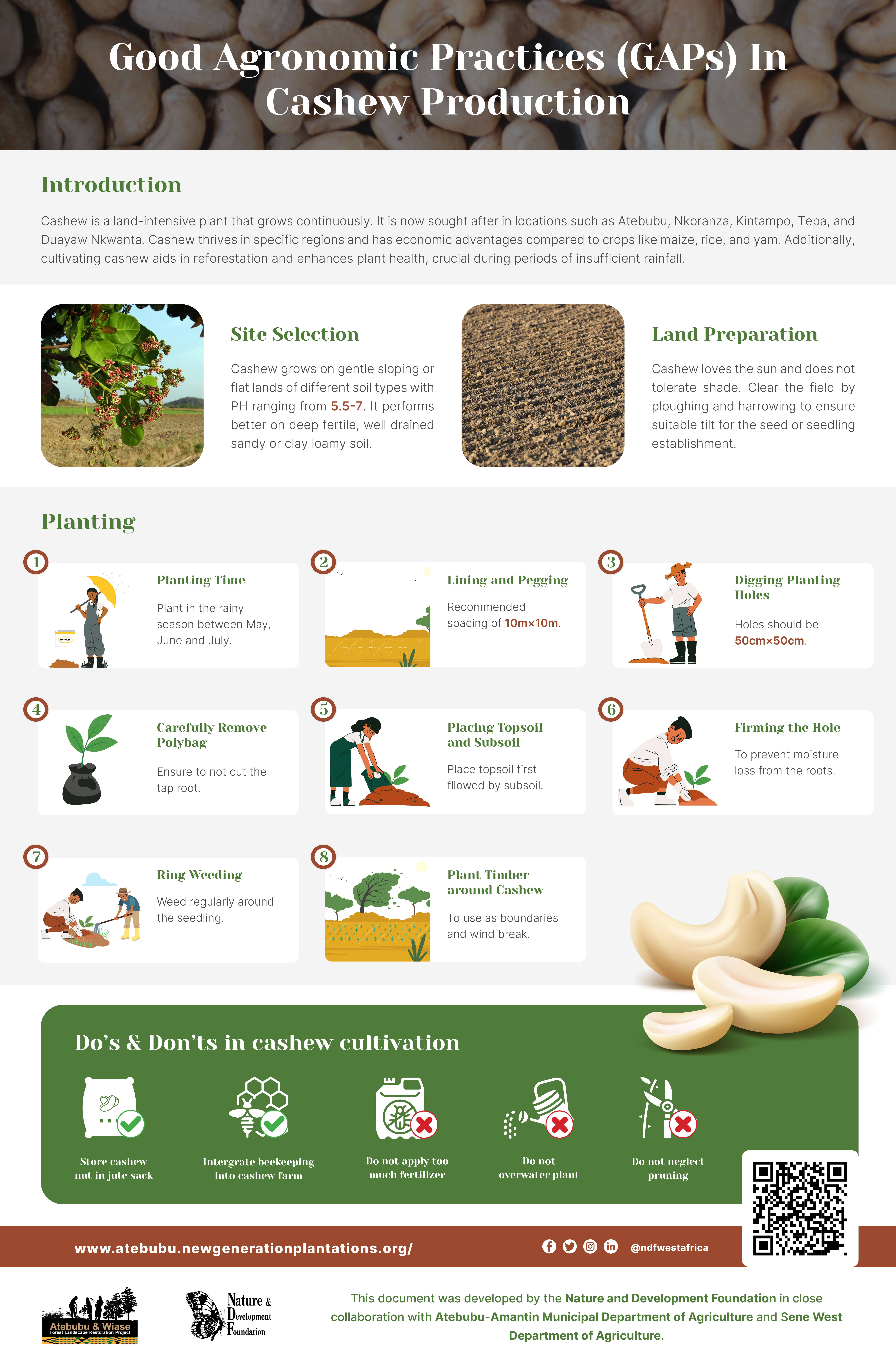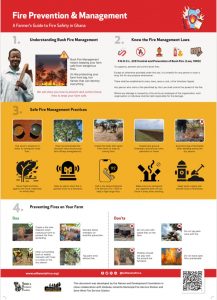Atebubu-Wiase Forest Landscape Restoration (AWFLR) Project
Background
Atebubu and Wiase Forest Landscape Restoration project, “A ‘Living Lab’ for Community and Ecological Resilience”. This is a ten-year community-led project located in the Atebubu Amante and Sene West Districts of the Bono East Region, of Central Ghana. The project is part of a global network of Living Labs for Nature, People and Planet established by the Circular Bioeconomy Alliance (CBA). The project is funded by AstraZeneca and implemented by iNovaland, African Plantations for Sustainable Development (APSD), New Generation Plantation Technical Assistance (NGPTA), and the Nature and Development Foundation (NDF).
The project seeks to address issues of land degradation, declining soil fertility, low agriculture productivity, deforestation, nature loss, unemployment, and climate change. The project’s primary goal is to build community and ecological resilience to the impact of climate change through forest landscape restoration with the aim of increasing food security through innovative farming methods and embed regenerative practices that protect the landscape.
Approaches of the project and responsible implementing partners
Approaches
- Natural Forest Restoration
- Agroforestry
- Multi-Stakeholder Platform, Agroforestry Training, Fire management/ Prevention Training
Responsible Partners
- APSD
- Communities with the supervision of NGPTA
- Nature and Development Foundation
The Multi Stakeholder Platform involves engagement with, and between, landowners, farmers, communities, chiefs, government, and the private sector to discuss progress and to address any concerns from the project in a consultative forum.
Targets
The project beneficiaries are mainly farmers and community members living in the Bono East Region in central Ghana. Atebubu and Wiase Forest Landscape Restoration offers them a more resilient food system, greater income and the opportunity to restore nature.
Objective
- To foster ecological and landscape resilience (ability of the landscape to resist, recover and adapt to impacts of climate change) through restoration of the forest landscape over a period of 10 years.
- To foster community resilience, build adaptive capacity and ensure long-term sustainability of forest landscape restoration

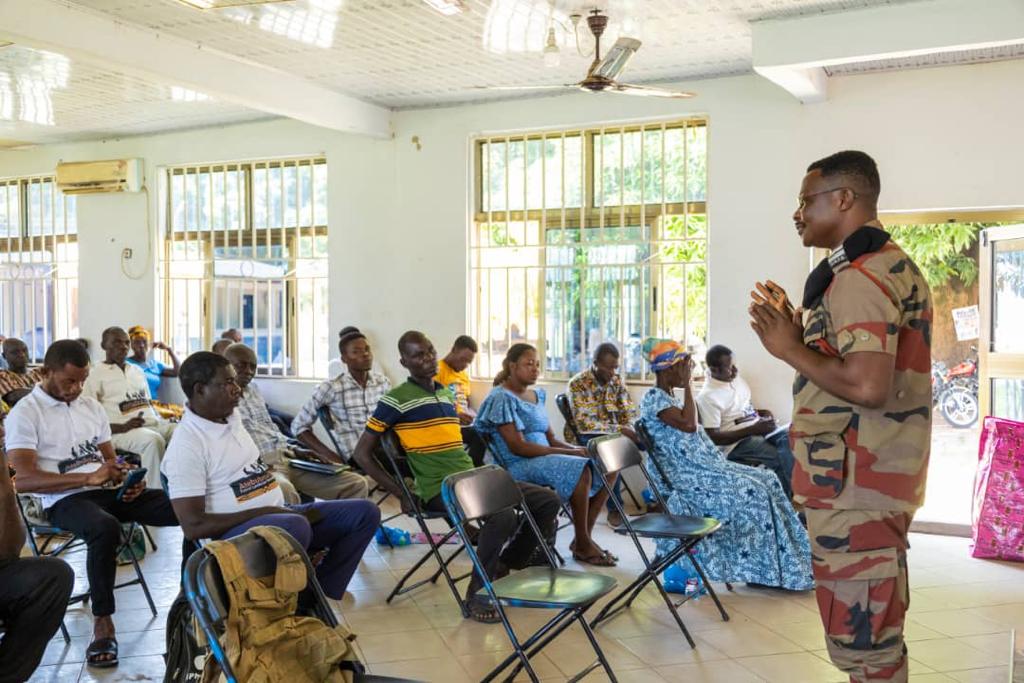
Progress
- In 2022 a total of 1.1 million trees were planted in about 1,350 ha of degraded forest landscapes and farmlands located in the Atebubu-Amatin and Sene West districts.
- Under the Agroforestry Programme, 220,000 trees were distributed and planted during 2022 (145,000 fruit trees and 87,000 timber trees) initial survival rates show mango 84%, cashew 90% and timber trees (mix of native and exotic species) 43%.
- Natural Forest restoration within APSD reached 891,995 planted trees. Initial survival rate assessments at the end of November average was 95%.
- So far, seven (7) multi-stakeholder platform (MSP) meetings has taken place led by Nature and Development Foundation (NDF).
- As part of the community engagement, several training events on agroforestry (before the planting season started) and fire management (post-planting and before the dry season kicked in) took place at the community level.
Duration
Supporter

Implementing Partners
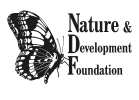
Nature & Development Foundation (NDF)
Ghana
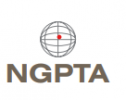
New Generation Plantation Technical Assistance (NGPTA)
Ghana
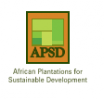
African Plantations for Sustainable Development (APSD)
Ghana
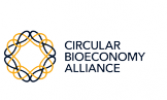
Circular Bioeconomy Alliance (CBA).
Ghana
